
Seventeen years ago, when the world was awash in the optimism of a booming housing market, one analyst dared to sound the alarm. His warnings about overextended debt, predatory lending, and the fragility of financial institutions were largely ignored until September 2008, when the collapse of Lehman Brothers and the ensuing credit freeze plunged the global economy into its worst crisis since the Great Depression.
Now, that same analyst is once again capturing headlines. In recent interviews and research notes circulated among top investors and policymakers, he has issued a stark new warning: the United States is heading toward another dangerous inflection point in its economic cycle. Will he be right again?
Who Is Ray Dalio?
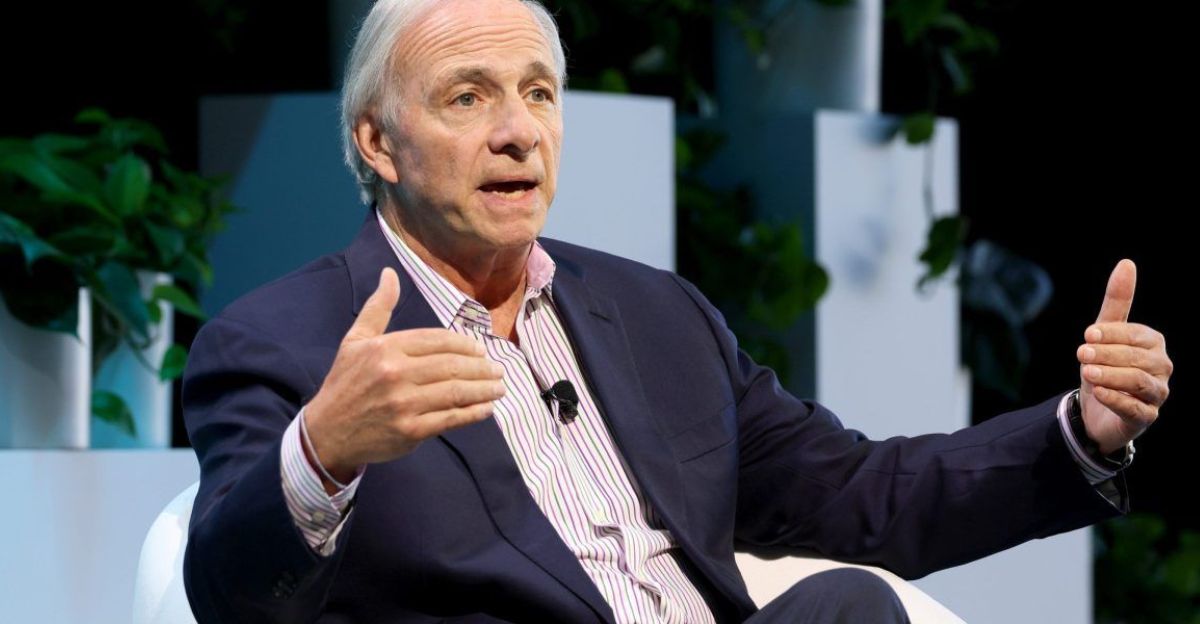
Legendary hedge fund manager Ray Dalio, founder of Bridgewater Associates, has repeatedly cautioned that the United States is entering a “dangerous juncture” marked by ballooning debt, widening wealth gaps, and an increasingly fragile geopolitical climate. Dalio argues that these forces mirror classic patterns that preceded the decline of once-dominant empires throughout history.
“I think that right now we are at a decision-making point and very close to a recession,” Ray Dalio told NBC News. “And I’m worried about something worse than a recession, if this isn’t handled well.”
Lessons from 2008
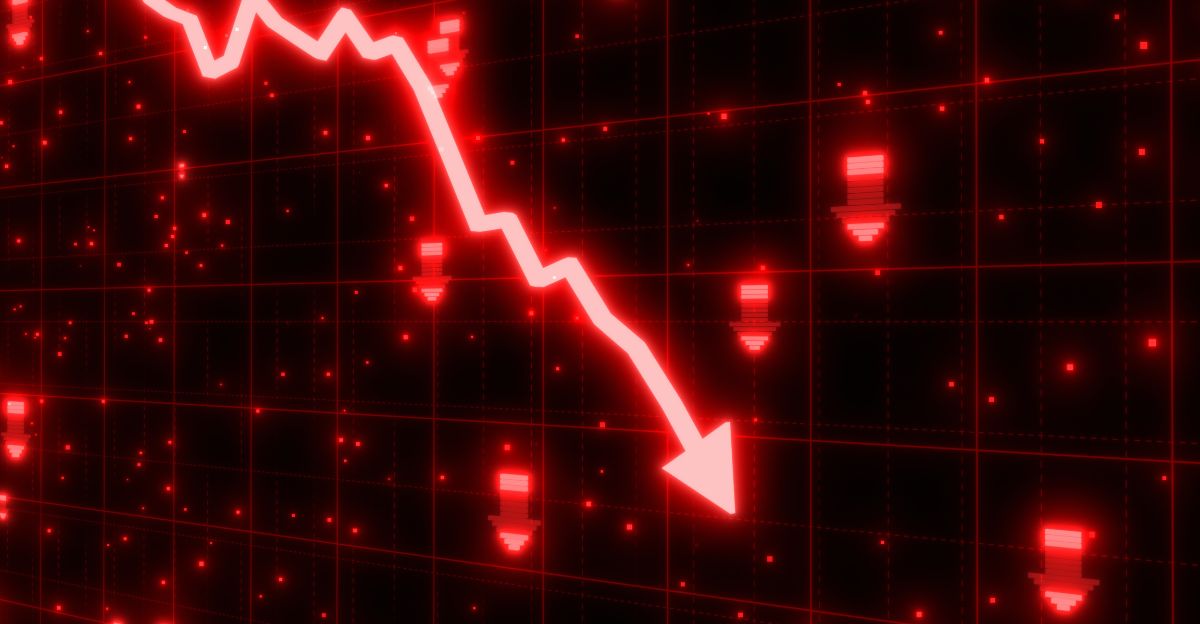
At the time, most economists, politicians, and investors trusted that housing prices could only rise and that the complex financial instruments built around mortgages were secure. This collective complacency blinded the world to the scale of the impending disaster. By 2007, cracks began appearing. Defaults in the subprime mortgage market spiked. Still, Wall Street insisted that the fallout would be “contained.”
One year later, the entire global financial system was on its knees. Lehman Brothers collapsed, AIG required a government rescue, and millions of Americans faced foreclosure. Stock markets lost nearly half their value, retirement accounts were wiped out, and unemployment soared above 10%.
Economic Heart Attack

Dalio compares the current trajectory of U.S. government finances to the build-up of “plaque in the arteries”—a slow-moving crisis that eventually reaches a breaking point, threatening catastrophic damage to the entire economic system. According to Dalio, the country is “spending 40% more than it’s taking in, and this is a chronic problem,” with interest payments on debt ballooning and crowding out vital government services.
He warns that unless the deficit is quickly reduced to 3% of GDP, the United States will face an “economic heart attack within three years,” as borrowing costs rise and new debt is issued to pay interest, creating a vicious cycle.
The $37 Trillion Debt Spiral

In August 2025, the gross national debt soared past $37 trillion, reaching this number years ahead of earlier projections. The government responded to pandemic shocks and implemented new tax and spending legislation that further accelerated borrowing.
The debt now exceeds the size of the entire U.S. economy, with debt-to-GDP at well over 119%, a critical threshold that fiscal experts repeatedly caution against crossing. Interest payments alone cost taxpayers over $1 trillion annually, surpassing even major federal programs like national defense and Medicare, and crowding out funds for infrastructure, innovation, and essential services.
A Predictable Cycle of Crisis

Ray Dalio’s research on debt cycles highlights that short-term business cycles and longer-term debt cycles build up gradually, driven by waves of optimism, easy credit, and expanding leverage, until they reach a tipping point where servicing debt becomes unsustainable, triggering sharp contractions and financial shocks.
Throughout the past century, the United States experienced these cycles repeatedly after each war, economic downturn, or major fiscal stimulus. Federal and private borrowing sharply increased, only to cause a crisis when lenders lost confidence or monetary tools became less effective. This predictability is also observed internationally, where banking crises often foreshadow sovereign debt crises and periods of default, consolidation, or inflation.
Supply-Demand Imbalance for Debt

Ray Dalio has repeatedly emphasized the dangers posed by the severe supply-demand imbalance for U.S. government debt, describing it as a critical vulnerability in the current economic landscape. As the U.S. continues to run large budget deficits, the Treasury must issue unprecedented new debt.
Dalio warns that when the government floods markets with debt but not enough buyers step up, it drives interest rates higher and forces the Federal Reserve to intervene, often by purchasing the surplus through quantitative easing. This devalues the currency and destabilizes financial markets.
Tariffs as Economic Disruptors
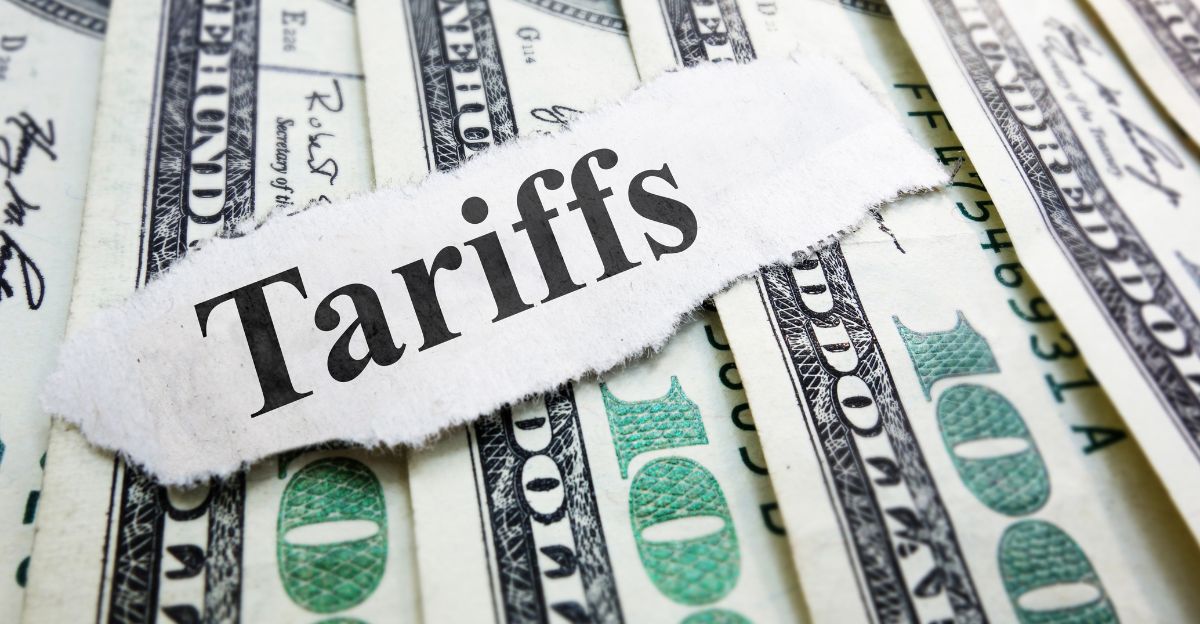
Ray Dalio has criticized tariffs as highly disruptive economic interventions, warning that their implementation frequently leads to inefficiency and heightened risks for the U.S. and global economies. In Dalio’s assessment, these policies, especially when enacted unpredictably or used as tools for short-term political gain, can usher in economic slowdowns or even crises that eclipse ordinary recessions.
“If you take tariffs, if you take debt, if you take the rising power challenging existing power, if you take those factors and look at the factors, those changes in the orders, the systems, are very, very disruptive. How that’s handled could produce something much worse than a recession. Or it could be handled well,” said Dalio.
Integrity of Currency at Stake
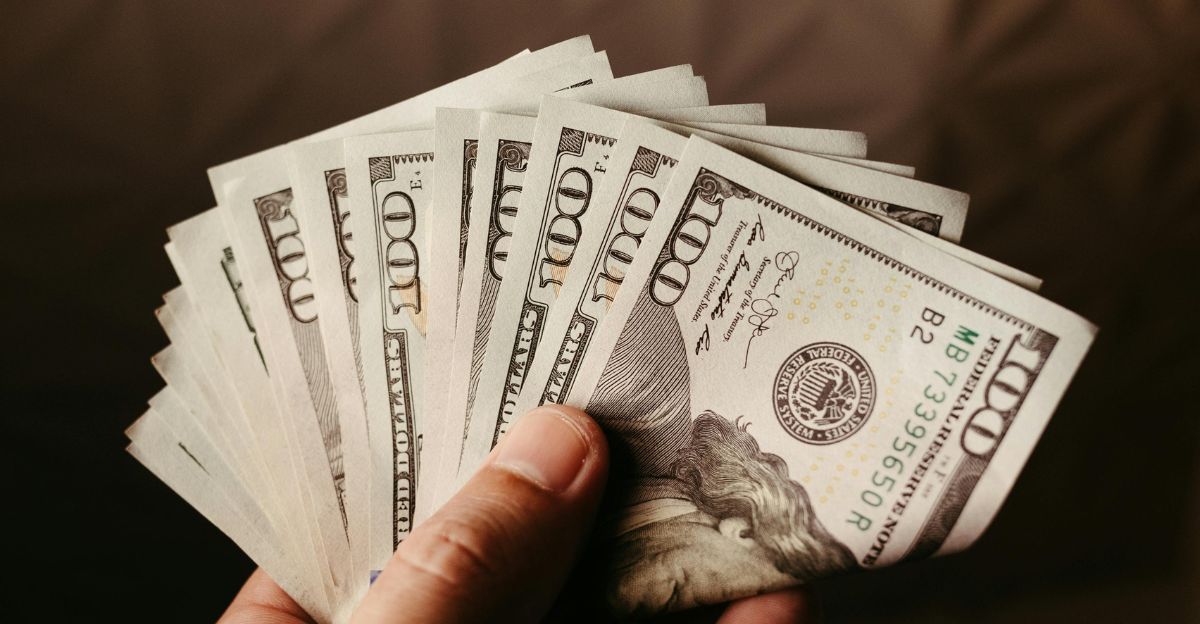
The integrity of the U.S. dollar is at serious risk, mainly due to unchecked deficit spending and excessive federal debt. He cautions that policymakers are more tempted to “print money” rather than make difficult fiscal reforms as the government borrows at record levels.
“They don’t include the greater risk that the countries in debt will print money to pay their debts, thus causing holders of the bonds to suffer losses from the decreased value of the money they’re getting (rather than from the decreased quantity of money they’re getting),” said Dalio.
Global Shifts and Power Struggles
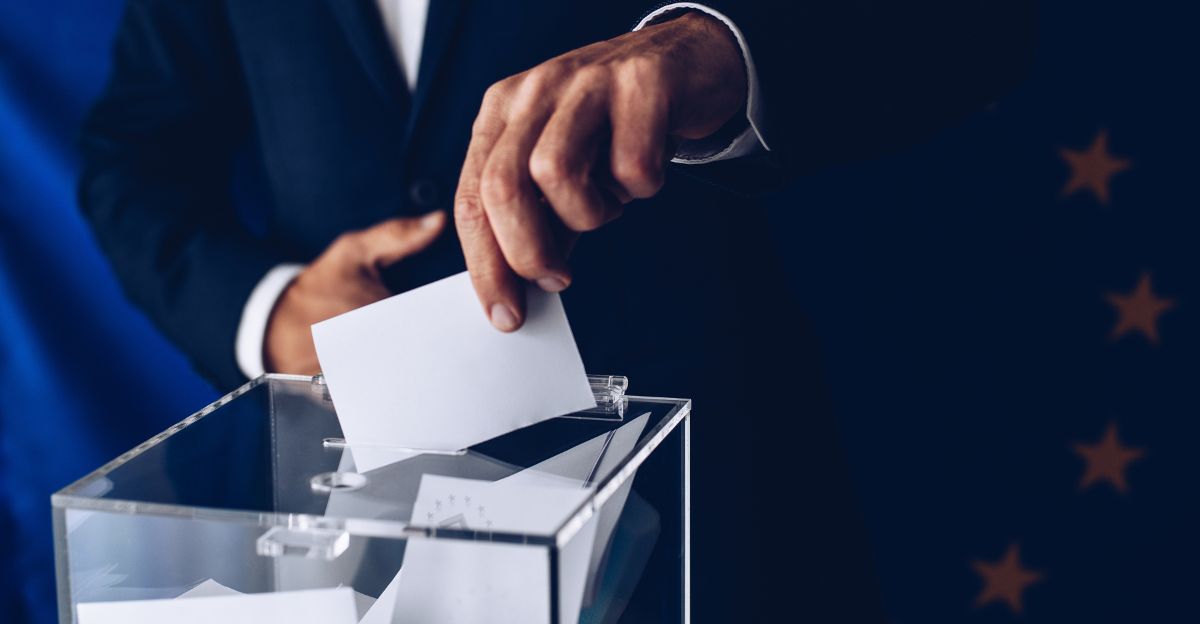
The rise of new powers, especially China, combined with America’s internal divisions and increasingly mercantilist policies, threatens the established hierarchy and creates conditions for conflict, economic slowdowns, and strategic realignments. Trump’s trade and tariff policies represent “exceptional risks” that have accelerated uncertainty for investors and the broader economic system.
“A new power comes in, it becomes a dominant power, and then there’s a cycle. So now we have a great world conflict over the world order, as you see the rise of China and the United States. The world order has changed,” he added.
Urgent Call to Congress
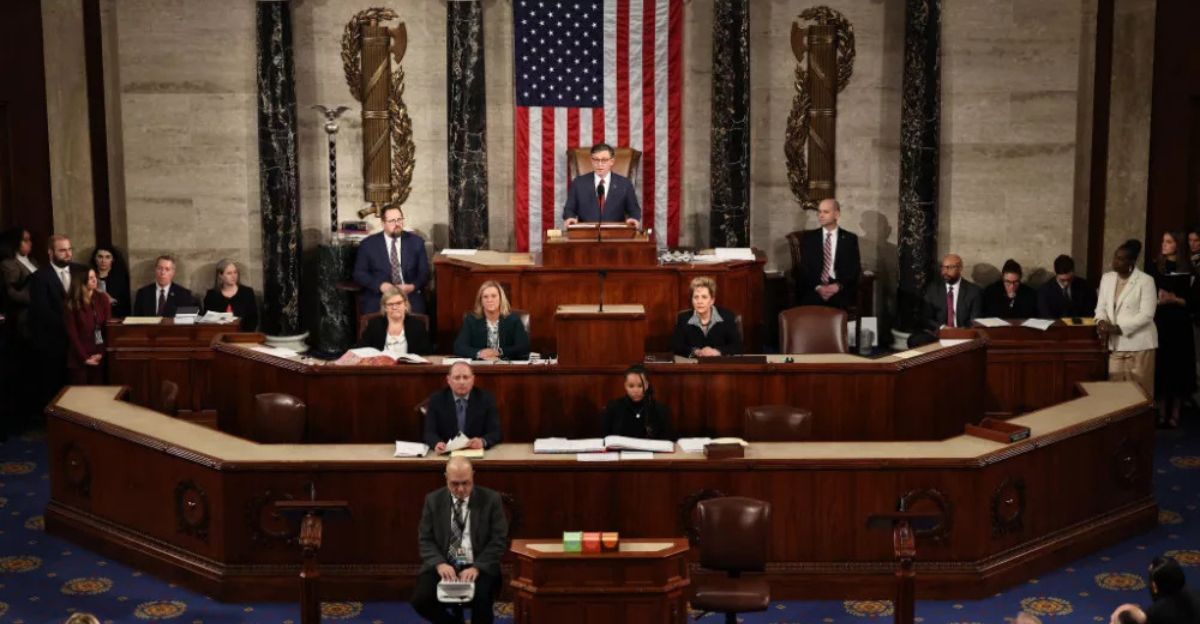
Ray Dalio has issued an urgent call to Congress, pressing lawmakers to take immediate and bipartisan action to address the nation’s fiscal emergency before conditions deteriorate. He insists that the annual federal deficit must be trimmed to just 3% of GDP, warning that the current deficit, now approaching 7% of GDP, creates a dangerous supply-demand imbalance for government debt and puts the entire monetary system at risk.
“Failing to do so will create a supply-demand imbalance for debt while we grapple with other issues, resulting in consequences worse than a typical recession.” He urges Congress to revisit the pragmatic, cooperative spirit that prevailed in the 1990s, when spending controls and targeted tax increases helped restore balance and confidence in public finances.
Mounting International Tensions

The escalation of confrontational policies, most notably the Trump administration’s unpredictable tariff strategies, has increased friction between major economic powers, such as the United States and China, and led to a weakening of multilateral cooperation and trust.
He warns that foreign investors and governments are responding cautiously, shifting away from U.S. dollar assets and preparing for reduced dependence on American markets. This, in turn, undermines the dollar’s role as the global reserve currency and increases financial system vulnerabilities.
Threats to Domestic Stability
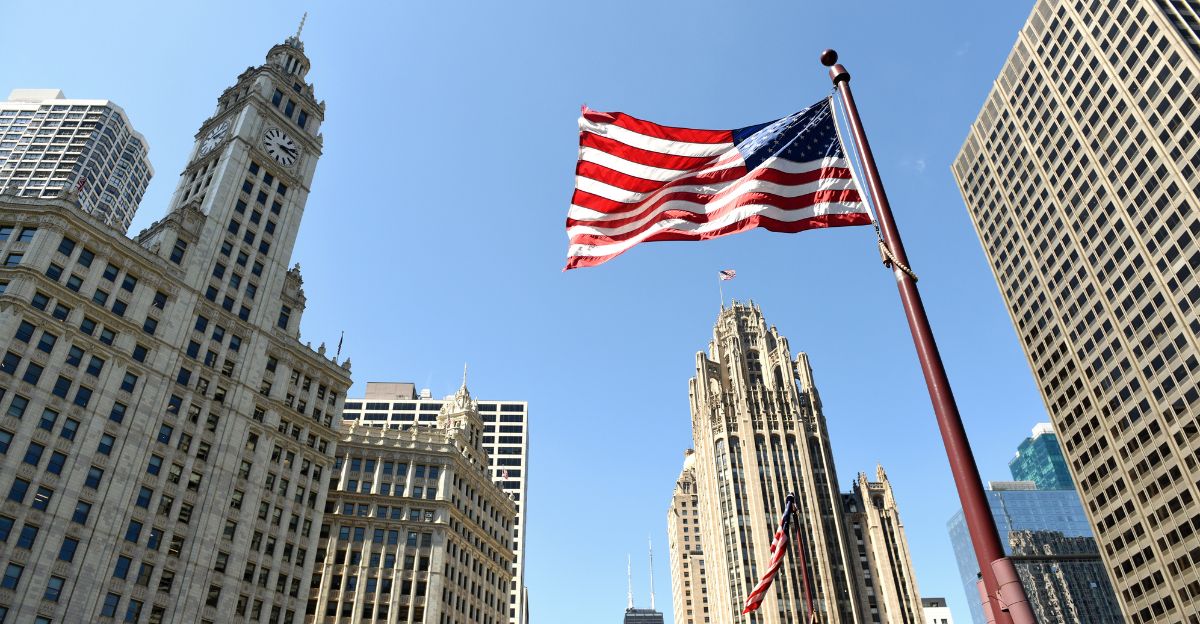
One of his primary concerns is the widening wealth gap, which has fueled rising inequality between top earners and most Americans, leading to social unrest and eroding trust in institutions. This economic polarization amplifies political gridlock and increases the volatility of policy decisions, complicating long-term planning for both businesses and households.
He cautions that upcoming elections could further inflame tensions, with outcomes that losing parties may not accept and a shift towards uncompromising, zero-sum competition. “There’s a chance that the losing party may not accept defeat, leading to a scenario where both sides are unwilling to compromise, focusing solely on victory,” Dalio warned.
Technological Factors

Advances in technology, especially in artificial intelligence, automation, and digital infrastructure, are fueling innovation and driving productivity. However, they are also leading to significant labor market upheaval and greater competition among nations for technological superiority.
Dalio warns that these shifts not only create opportunities but also introduce new vulnerabilities, such as cyber risk and the potential for major worker displacement, which can exacerbate inequality and fuel social unrest.
Debt Service Consumes Resources
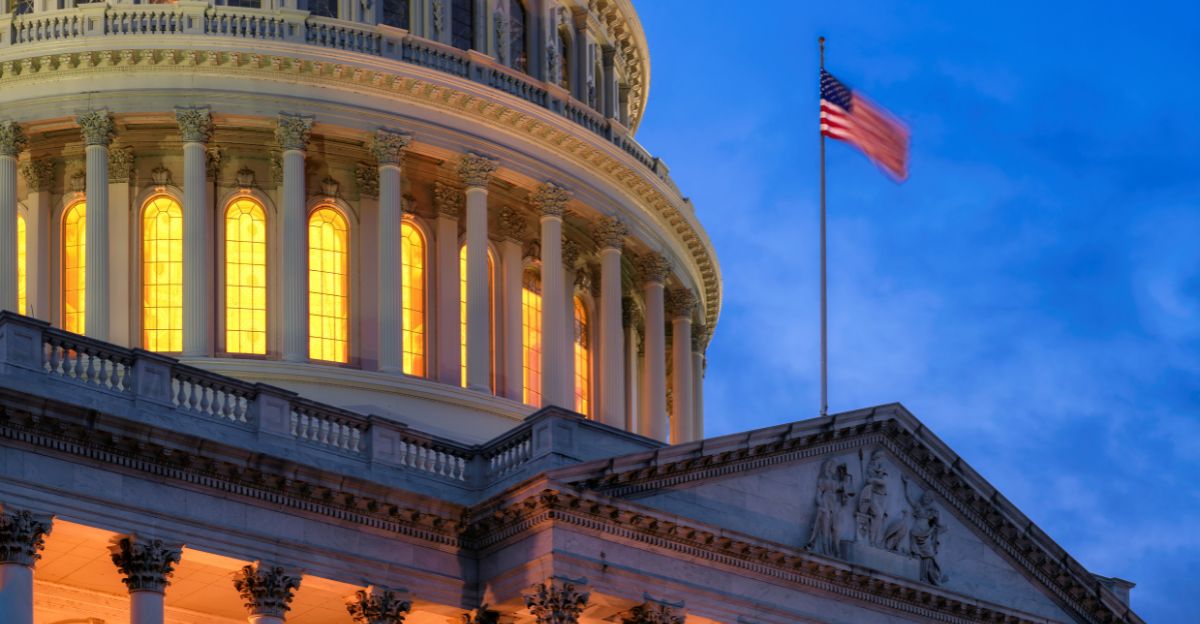
The cost of paying interest on the national debt has rapidly become one of the largest and fastest-growing expenditures in the U.S. federal budget. It consumes an unprecedented share of resources and crowds out investment in other priorities. In fiscal year 2025, the federal government is projected to spend over $1 trillion on debt service, a figure that now represents approximately 17–18% of total federal spending.
As these payments mount, they absorb more federal revenues, leaving less money for essential services like education, infrastructure, and healthcare. The Congressional Budget Office warns that interest payments will be the fastest-growing federal expense over the coming decade, surging from roughly 3.2% of GDP in 2025 to a projected 4.1% by 2035.
Risks of Issuing New Debt

As the federal debt soars, issuing new Treasury securities to cover ongoing deficits increases interest costs, pressures the bond market, and puts upward strain on yields, especially as the market’s appetite for U.S. debt wanes. If major buyers become less willing or able to absorb this new supply, the risk emerges that debt will accumulate on dealer balance sheets and liquidity in long-term markets will dry up.
Dalio and leading economists warn that persistent debt issuance for day-to-day operations rather than productive investment leads to crowded priorities and a greater risk of fiscal dominance, where fiscal needs overrule monetary policy.
Market Response and Volatility

The announcement of broad tariffs in April 2025 triggered rapid selloffs in equities, surges in bond yields, and dramatic swings in volatility indices. Movements during this period rank in the 99th percentile of large historical changes since 1990.
Elevated volatility spread across asset classes as fears of trade wars, recession risk, and unpredictable fiscal policies gripped investors, leading to increased risk premiums and diminished liquidity. Even as markets began to stabilize in late April, uncertainty about policy direction, tax reforms, and future interest rate moves kept volatility high. It influenced investor strategies for both the short and long term.
Bipartisan Cooperation Needed

Recent debates over the debt limit and deficit have revealed how political gridlock threatens the timely approval of budget measures and the overall credibility of U.S. fiscal policy in global markets. He points out that partisan brinkmanship, where opposing parties threaten to block debt limit increases or needed funding to gain leverage, amplifies market volatility and saps economic growth, ultimately making a crisis more likely.
Several bills, including the reintroduced Sustainable Budget Act, are designed to encourage bipartisan solutions by mandating fiscal responsibility and long-term planning. Yet, Dalio remains concerned about gaining sufficient cross-party support in today’s increasingly polarized climate.
Strategic Solutions Possible
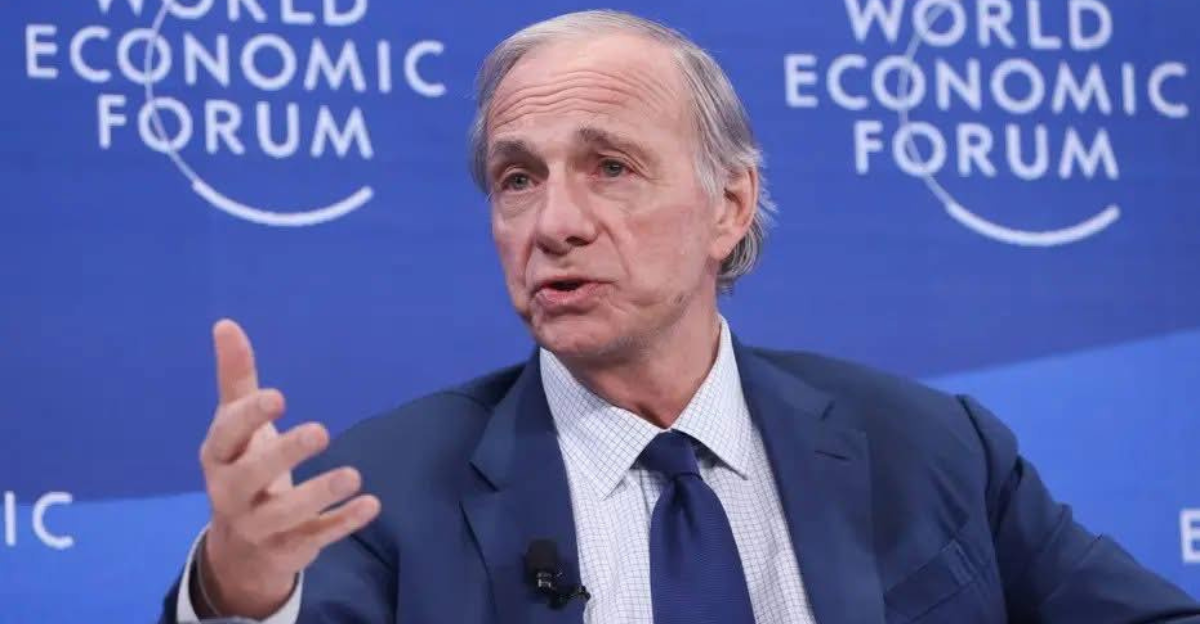
Ray Dalio maintains that despite dire warnings about the U.S. debt crisis, strategic solutions remain possible if policymakers act decisively and cooperatively to address the underlying fiscal imbalances. He outlines a “3% solution,” emphasizing that the federal deficit must be cut from over 7% to just 3% of GDP to restore economic health and prevent a supply-demand crisis for government debt.
Dalio identifies three primary levers for reducing government spending, increasing tax revenue (not necessarily through higher tax rates but by broadening the base or closing loopholes), and managing interest rates to lower debt service costs.
Final Warning and Outlook
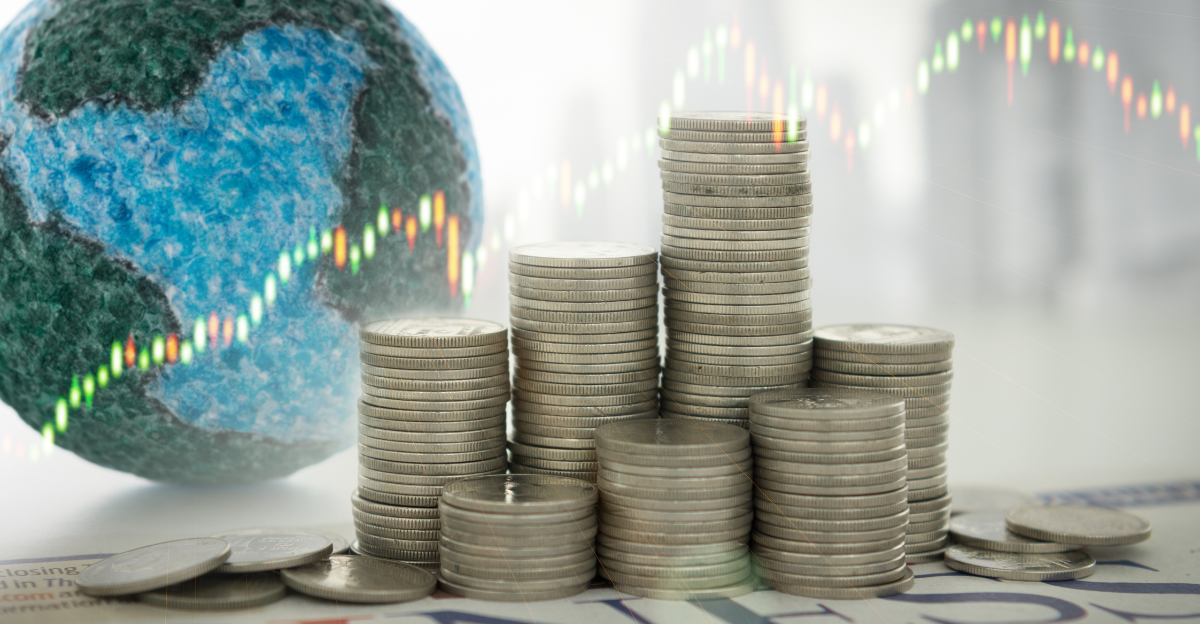
Dalio warns that unless decisive action is taken, the nation is heading toward a full-blown debt spiral that threatens not just economic stability, but the functionality of key institutions and the well-being of everyone who depends on the dollar. Dalio likens the situation to a boat pointed directly at the rocks, with all passengers agreeing on the danger but unable to agree on which direction to turn.
He insists that while political challenges are immense, the consequences of inaction are far more severe: “Realize that the consequences of not doing it are disastrous”.